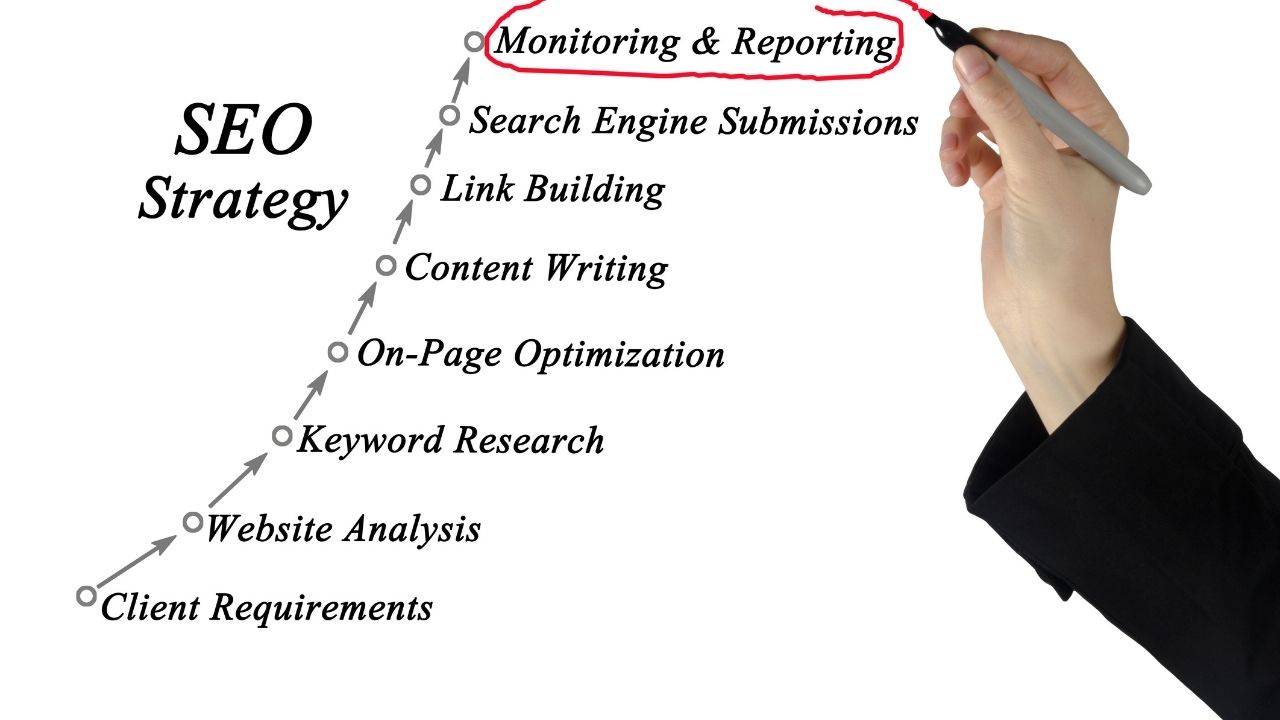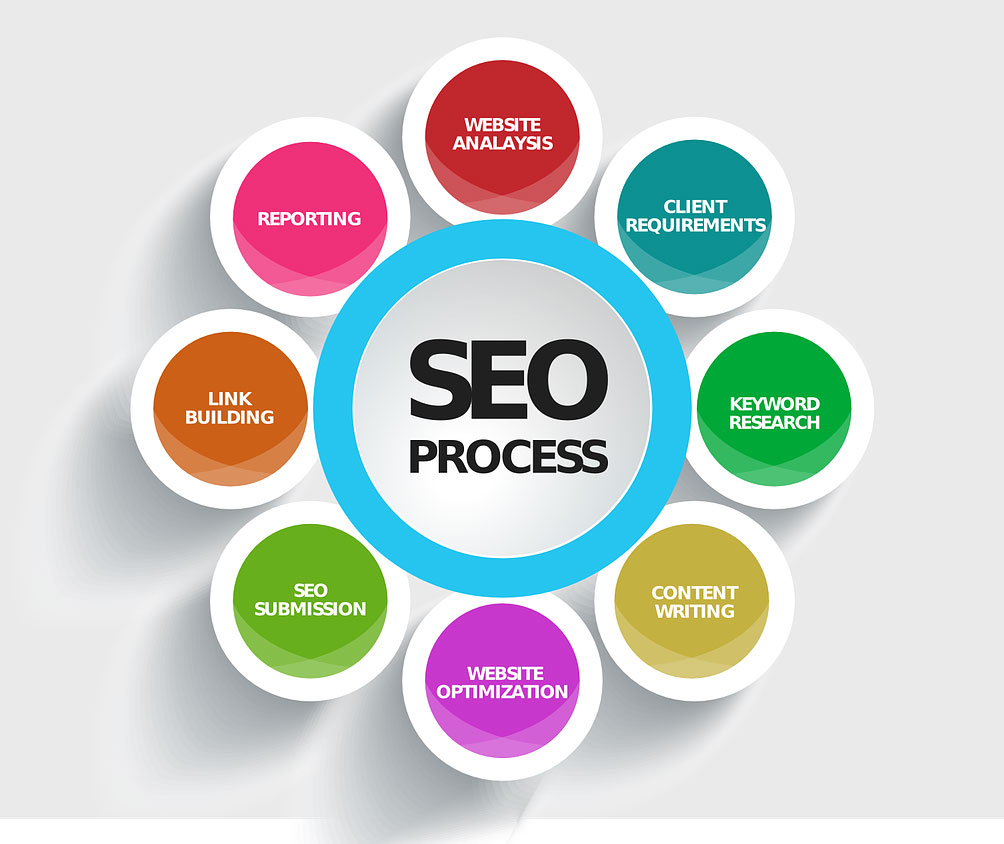
It is common knowledge that answering users' questions can improve conversions. But how does this translate in practice? SEO statistics show that visitors are more likely and more satisfied with websites that answer their questions and offer easy access. A website that responds quickly to mobile users is more popular than one that takes too long to load. You don't just have to be good at writing content. Websites that load in under five seconds are a clear winner.
Google users most often interact with Google via mobile search
Google SEO stats show three main ways mobile users interact with Google SEO stats. The first is mobile search. More than half the smartphone users came across a new business or product. Websites that are optimized for mobile use are more likely attract new customers. Last but not least, 53% smartphones use their mobile devices to conduct local searches, compared to 76% on laptops and desktops. These statistics make mobile SEO stats especially valuable for local businesses.
Content strategy plays a key role in SEO

To boost organic rankings, SEO strategies often include a strong content strategy. While Google evaluates other factors that may not be directly related to content, it cannot give a high ranking if your site doesn't contain quality content. A well-designed content strategy can improve your website's ranking in search engines and help to attract more visitors. It also helps you generate leads and converts. Here are some important tips to implement a content strategy to boost your SEO.
Link building is a big problem
The importance of link building is evident from these stats. These stats show that only a few websites will make it to page one on Google. However, they are still vital. Websites on page second will have a lesser chance of receiving organic clicks, but have the potential for more impressions. However, 56% of businesses spend less than 25% of their marketing budget on link building.
Google is more likely to rank video content higher on page one
It is no secret that Google's search results show more video results. Nate Elliot of Forrester compared video results to organic search queries in a recent blog post. Google indexes videos at 50 times the rate of text content. But why is this apparent trend so strong? It's much more complex than Google's algorithm.
Featured snippets have a higher trust rating

Google continues to refine its search algorithm to determine if snippets can be trusted. These snippets account to 28.2%, which gives them a distinct competitive advantage. But are they more effective than organic listings? The following are some reasons why featured snippets are better. Below is a breakdown of the benefits and drawbacks.
FAQ
How often is SEO needed?
If you maintain your links correctly, you don't necessarily need to update or perform SEO campaigns regularly. If you stop maintaining links and rely exclusively on organic traffic for your business, it could be costly.
For small businesses, it's recommended that you update your website monthly. Quarterly SEO updates might be required for larger businesses.
What should I know about backlinks
Backlinks refer to links linking to a webpage from another site. They are one of the most powerful tools used by search engines to determine where a web page belongs in the search results. Backlinks prove that other people believe your content valuable. You will need quality backlinks to help you rank high in search results.
How Often Should My Site Be Updated?
You can increase your site's rank by updating it regularly. However, it's not always necessary. It's not necessary to constantly update content that you already have created.
What are different SEO strategies available?
Search engine optimization (SEO), search media optimization (SMO), as well as pay-per click advertising (PPC) are all examples of different SEO strategies.
SEO is the process of optimizing content for keywords using text formatting, HTML codes, and other features.
This allows you to rank higher in search results.
Meanwhile, social media optimization (SMO) involves optimizing your website for social networks such as Twitter, Facebook, and Google+.
These online assets help to establish your brand reputation, which makes it more attractive for visitors searching for related topics.
Lastly, PPC ads appear at the top of search results pages, showing relevant products and services.
Google paid search is the most used PPC ad type. These ads can be very effective, even though they cost a lot.
Other forms of PPC advertising include video ads, sponsored posts, and display ads.
Will A Content Strategy Help Me Get Better Ranking?
Content strategy refers to the planning of how much content your company will produce in a given time. This includes keywords, topics and other information about you company. Having this plan in place before you start writing will ensure that you don't produce too little or too much content.
What are some of the best tools to do on-page search engine optimization?
Video embeds as well as image alt tags, structured markup and internal linking are some of the best tools to use for on-page search engine optimization. You can learn more about these types of issues in this article.
Statistics
- A 62.60% organic traffic boost to that page: (backlinko.com)
- : You might have read about the time that I used The Content Relaunch to boost my organic traffic by 260.7%: (backlinko.com)
- 93%of online experiences today begin on search engines. (marketinginsidergroup.com)
- Sean isn't alone… Blogger James Pearson recently axed hundreds of blog posts from his site… and his organic traffic increased by 30%: (backlinko.com)
- And 90%+ of these backlinks cite a specific stat from my post: (backlinko.com)
External Links
How To
How do I create my first blog?
It's simple! WordPress is a powerful tool for creating blogs. You can edit the appearance of your blog by creating themes, changing fonts, colors, or customizing it. They can also add plugins that allow them to automatically change certain aspects of their website depending on visitor activity.
WordPress.org offers many templates for free and premium templates that are more expensive. Premium templates include extra pages, plugins, advanced security, and more.
Once you have downloaded the template you need to sign-up for a free account. This will allow you to upload files and maintain your blog. Many hosting companies offer free accounts. However there are limitations to how much space you can have, how many domains your site can host, and how often you can send emails.
If you choose to use more then one domain name, each email address will be required. This service is offered by some hosts at a monthly charge.
You may be wondering why anyone would pay for a blog to be hosted online if you are new to blogging. The majority of hosts offer unlimited storage so files aren't deleted even if accidentally deleted.
Many hosts also let users host multiple domains, meaning you could have several different sites under the same hosting package. This allows you to sign up for only one email account and manage all your sites via one interface.
Some hosts provide social media sharing buttons to their dashboards. This allows visitors and users to quickly share posts across the Internet.
Most hosting companies offer tools for managing your blog. You can check your site's performance statistics, see how many visitors each post has received and compare your traffic to similar blogs.
These tools can make managing a blog easier and more effective, so you should look into them before choosing a hosting package.
To sum up:
-
Choose a topic pertinent to your business.
-
Create engaging content;
-
Optimize your site using SEO techniques;
-
Promote your site using social media channels;
-
You can monitor your statistics and make adjustments if necessary.
-
Last but not least, make sure to keep your blog updated.
In summary, you need to create and promote good content and then track its success.